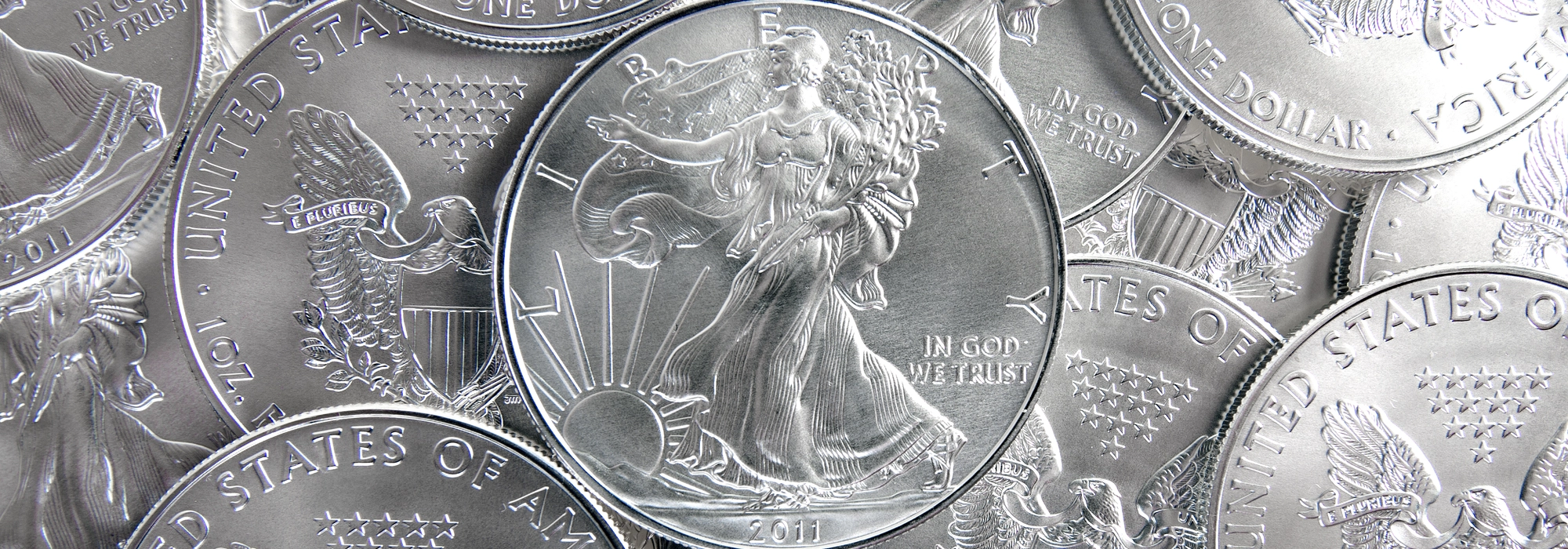
Buying silver may seem overwhelming, given the multitude of options available, ranging from coins and bars to bullion and numismatic pieces.
Understanding the distinction between bullion and numismatic coins is essential for investing in precious metals. With numerous silver products claiming to be wise investments, selecting the right one can be challenging due to significant variations in pricing.
You might have spotted them on TV or in catalogs – those gleaming, rare coins often labelled as “commemorative.” They’re known as numismatic coins. While numismatics aren’t inherently negative, they’re essentially just collectibles, akin to limited-edition baseball cards or vintage toys displayed on shelves. People buy them because of personal significance, not solely to boost their finances. However, not all numismatics are without value. For instance, if the Manchester City football club were to achieve another Treble victory, a fan might be willing to invest $100 or even $1,000 in a numismatic 1-ounce commemorative silver coin. Who’s to say that’s a poor investment? To some, that coin, despite its modest silver content, could be invaluable.
Numismatic coins, often marketed as collectible or commemorative, hold sentimental rather than strictly financial value. While some numismatic coins may hold sentimental value, they’re primarily collectibles and may not offer significant financial returns.
Investing in numismatics with the expectation of substantial financial gain is generally ill-advised due to the complexity and volatility of the numismatic market. Unlike bullion, numismatic coins can have wide spreads and are less liquid, making them less suitable for investment purposes.
Bullion coins, prized chiefly for their inherent precious metal worth, provide investors with a transparent and accessible market, serving as a dependable repository of wealth. You should buy silver bullion coins because unlike numismatic items, bullion boasts exceptional liquidity, facilitating swift and equitable transactions when necessary, thereby enhancing its attractiveness to discerning investors. Moreover, their standardized weights and purities ensure consistency and ease of valuation.
Respected bullion vendors commonly offer spreads, price differences, for bullion coins, bars, and rounds, typically ranging from 3% to 8%, varying based on the item and quantity purchased. Consequently, when acquiring a numismatic coin, its market value might instantly decrease by 30% to 40% compared to its purchase price. Therefore, for investors focusing on silver, the preferred option tends to be bullion coins due to their lower spread and more stable market dynamics. Investing wisely is key.
When purchasing bullion, it’s crucial to consider factors such as low premiums and popularity. Premiums, the mark-ups added to the spot price, affect the overall cost of the metal and should be kept low to maximize value for money.
In conclusion, when contemplating investments in silver, discerning the contrast between bullion and numismatic coins proves indispensable. Numismatic coins may carry sentimental significance, yet bullion coins present superior liquidity and narrower spreads, rendering them a more pragmatic choice for investment endeavours. When you buy silver bullion coins, it’s imperative to assess variables such as premiums and market demand to ensure well-informed investment choices and optimize returns on investment. By understanding these distinctions and conducting thorough research, investors can navigate the silver market effectively, harnessing its potential for wealth accumulation and portfolio diversification.

